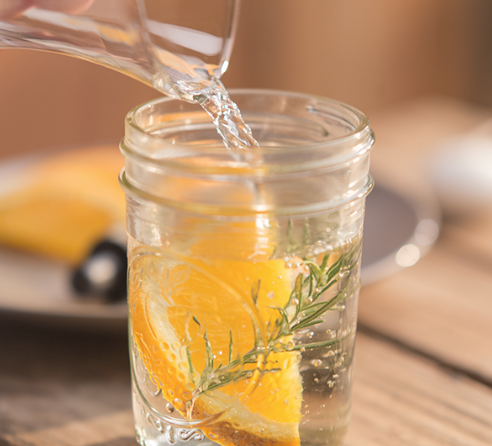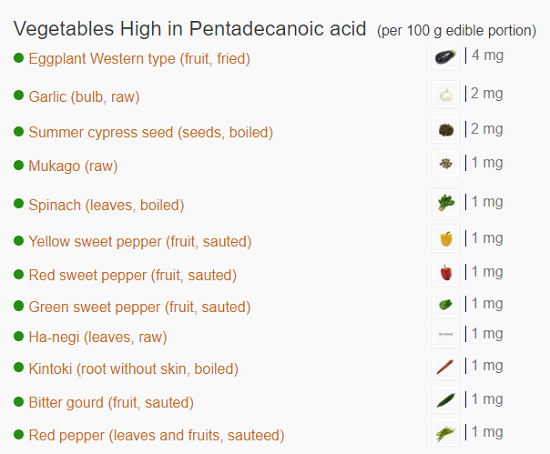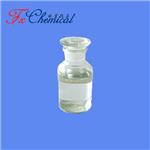1-Nonanol: Chemical property and uses
Aug 6,2024
Introduction
1-Nonanol, also known as N-nonyl alcohol or 1-hydroxynonane, belongs to the class of organic compounds known as fatty alcohols. These are aliphatic alcohols consisting of a chain of at least six carbon atoms. 1-Nonanol is a straight-chain fatty alcohol with nine carbon atoms and the CH3(CH2)8OH molecular formula.
Chemical property

1-Nonanol is a colourless to slightly yellow liquid with a citrus odour similar to citronella oil. 1-Nonanol is a very hydrophobic molecule, practically insoluble in water. 1-Nonanol is a bitter, clean, and dusty-tasting compound. It is widespread in nature, and it is found in the highest concentration within a few different foods, such as corn, winter savouries, and sweet oranges and in a lower concentration in mandarin oranges (clementine, tangerine), limes, and peppermints. 1-Nonanol has also been detected but not quantified in gingers, rocket salads, muskmelons, mung beans, and evergreen blackberries. It also occurs in oils of orange, citronella and lemon, and it is also found in cheese, prickly pears and bread.
Uses
The primary use of nonanol is in the manufacture of artificial lemon oil. Various esters of nonanol, such as nonyl acetate, are used in perfumery and flavours. 1-nonanol is an effective compound for removing phenol from aqueous solution [1].
1-nonanol, the main constituent of cereal volatiles, can inhibit Aspergillus flavus growth and has the potential as a biofumigant to control the fungal spoilage of cereal grains. Annexin V-FITC/PI double staining showed that 1-nonanol induced phosphatidylserine eversion and increased membrane permeability of A. flavus spores. Transcriptional profile analysis showed that 1-nonanol treatment mainly affected the expression of genes related to membrane damage, oxidative phosphorylation, blockage of DNA replication, and autophagy in A. flavus spores[2]. Flow cytometry analysis showed that 1-nonanol treatment caused hyperpolarization of mitochondrial membrane potential and accumulation of reactive oxygen species in A. flavus spores. 4′,6-diamidino-2-phenylindole staining showed that treatment with 1-nonanol destroyed the DNA. Biochemical analysis results confirmed that 1-nonanol exerted destructive effects on A. flavus spores by decreasing intracellular adenosine triphosphate content, reducing mitochondrial ATPase activity, accumulating hydrogen peroxide and superoxide anions, and increasing catalase and superoxide dismutase enzyme activities.
References
[1] Guanghui Zhao. “Preparation of capsules containing 1-nonanol for rapidly removing high concentration phenol from aqueous solution.” Journal of Hazardous Materials 175 1 (2010): Pages 715-725.
[2] Yu-Liang Qin. “Transcriptomics analyses and biochemical characterization of Aspergillus flavus spores exposed to 1-nonanol.” Applied Microbiology and Biotechnology 106 5–6 (2022): 2091–2106.
- Related articles
- Related Qustion
Dexamethasone is a glucocorticosteroid used in the treatment of different inflammatory conditions related to allergic disorders, skin conditions and lupus, psoriasis, ulcerative colitis, arthritis and respiratory disorders.....
Nov 13,2024APIPentadecanoic acid (C15:0), an odd-chain saturated fatty acid, has mounting evidence of being essential to supporting cardiometabolic and liver health.....
Aug 6,2024Organic Acids








